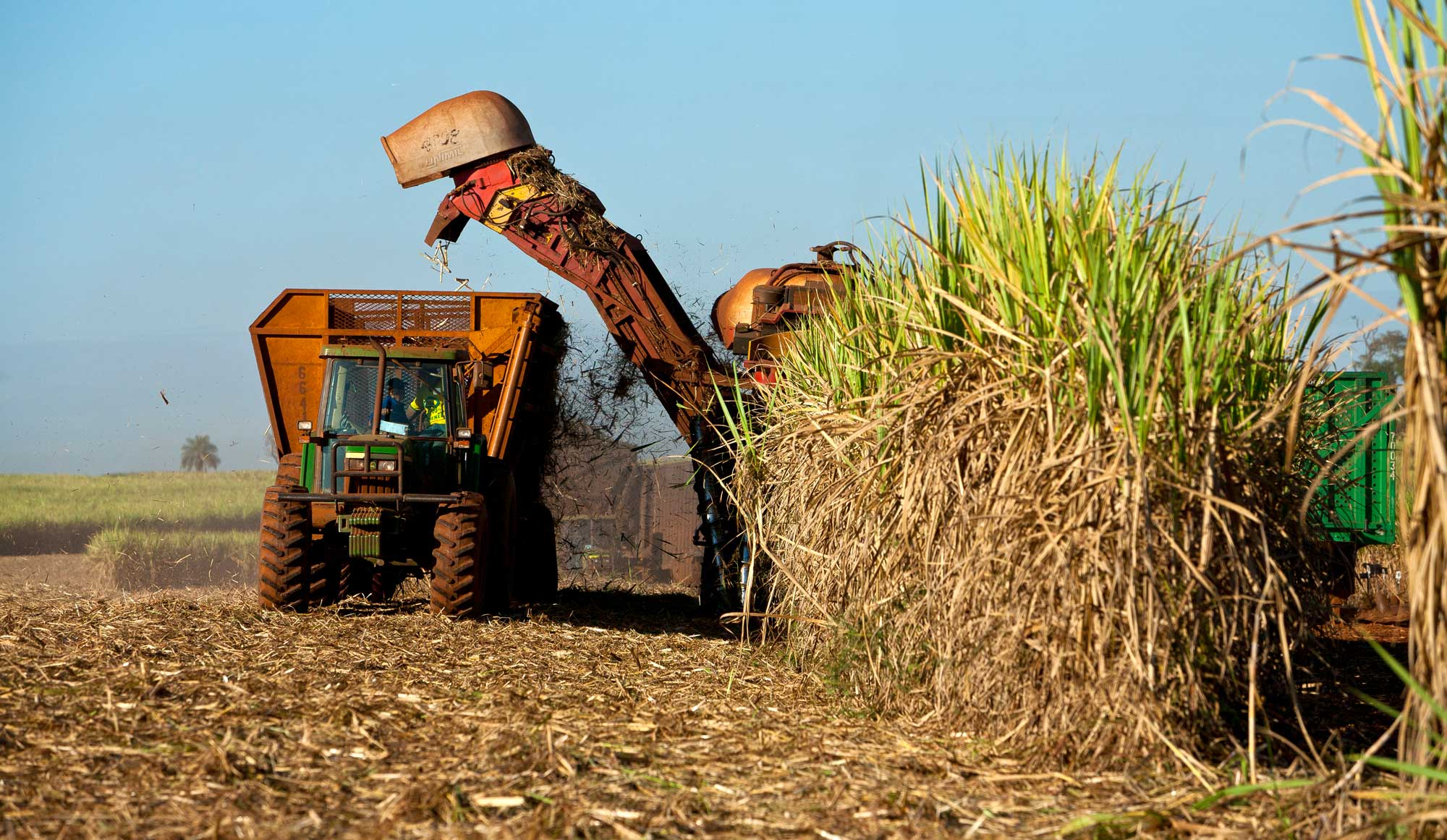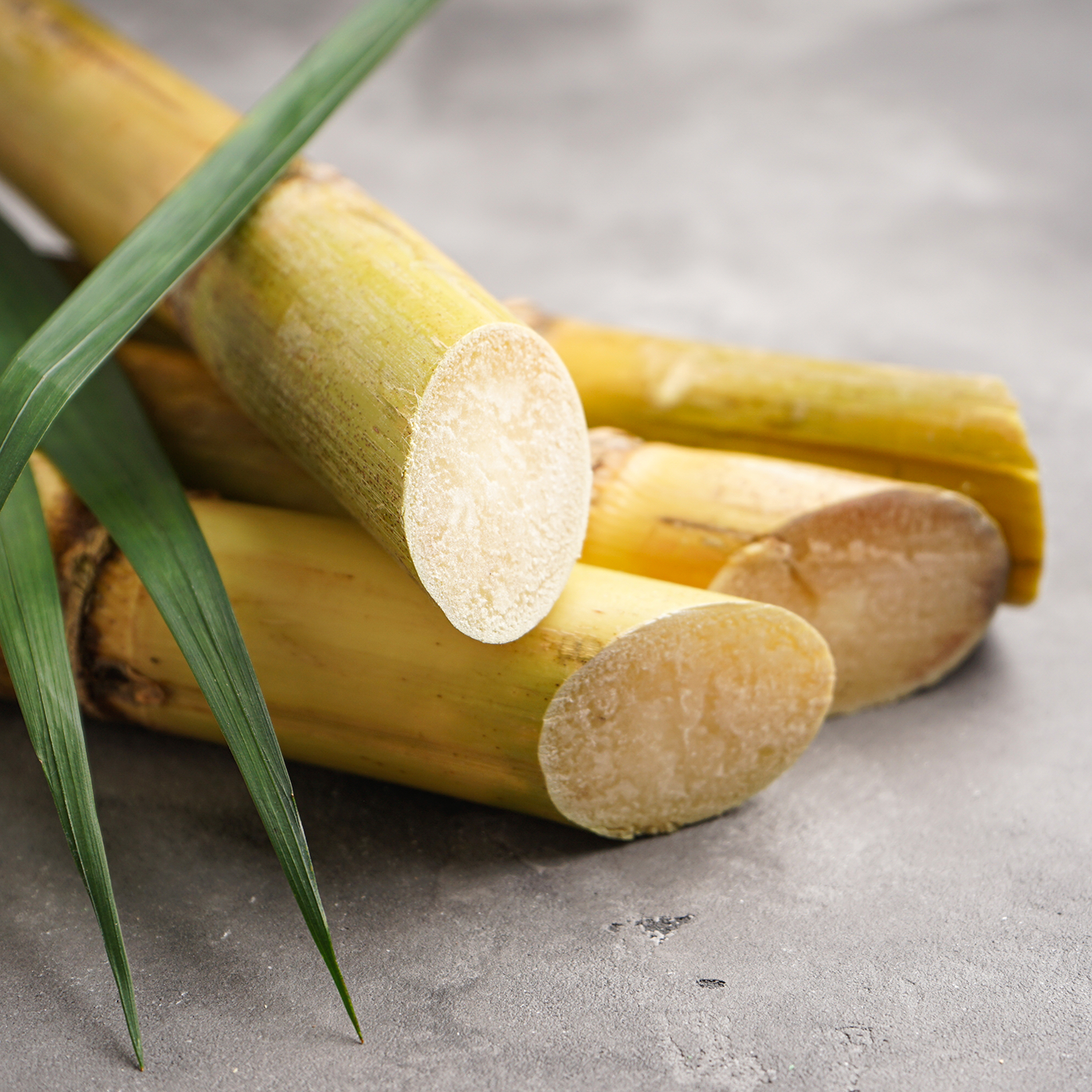Introducing the Importance of Sugar Canes: What Are Sugar Canes Used For in the Walking Cane Sugar Sector?
Sugar canes act as the keystone of the walking cane sugar sector, mainly supplying the raw product needed for sugar manufacturing. Their capacity to convert sunlight into sucrose with photosynthesis is crucial. Past their sweetening buildings, sugar walking canes find utility in various cooking applications and emerging fields. The complete extent of their impact prolongs past the cooking area. This discussion will check out the multifaceted duties of sugar walking canes in both industry and economic climate.
The Duty of Sugar Canes in Sugar Manufacturing
Sugar canes work as the foundational basic material in the walking cane sugar sector, playing a critical function in the manufacturing process. These high, perennial lawns thrive in subtropical and exotic environments, where they soak up sunlight and nutrients to generate sucrose. The harvesting of sugar walking sticks commonly occurs when the plants get to maturation, optimizing their sugar content.Once gathered, the canes go through crushing to draw out the juice, which has dissolved sugars. This juice is then clarified and concentrated via evaporation, transforming it into a syrup. Ultimately, crystallization occurs, permitting the separation of sugar crystals from the staying syrup.The drawn out sugar undergoes additional refining to accomplish the wanted purity and high quality - What Are Sugar Canes Used For. The entire process highlights the essential payment of sugar canes to sugar manufacturing, emphasizing their relevance as both a raw product and a stimulant in the production of cane sugar.
Diverse Applications in Food and Beverage Industry
In the food and beverage sector, sugar cane offers numerous crucial features. It acts not just as a primary sweetener in various products yet likewise as a flavoring representative that boosts taste profiles. In addition, its components play a considerable function in fermentation and distillation procedures, adding to the manufacturing of alcohols.
Sugar in Products

The versatility of walking stick sugar as a sweetener makes it a staple in a broad selection of food and beverage products. Extensively utilized in baked items, it improves the preference and texture of cakes, cookies, and breads by offering dampness and advertising browning throughout baking. In drinks, cane sugar is a prominent selection for sweetening teas, sodas, and juices, allowing for a balanced taste profile. Additionally, it acts as a necessary active ingredient in sauces, dressings, and marinades, contributing to a harmonious mix of tastes. Cane sugar's ability to dissolve swiftly and its constant sweetness profile further solidify its role as a recommended sugar - What Are Sugar Canes Used For. Overall, its diverse applications emphasize the integral function of cane sugar in the culinary landscape
Seasoning Agent Use
Utilizing cane sugar as a flavor agent expands past its role as a mere sweetener, improving a selection of culinary creations. In the food and beverage sector, it improves preference profiles by stabilizing acidity and bitterness, making it an essential component in dressings, sauces, and sauces. Additionally, walking stick sugar adds to the overall mouthfeel, providing a positive appearance in baked items and confections. Its caramelization during food preparation includes depth to both full-flavored and pleasant recipes, while additionally working as a preservative in jellies and jams. Additionally, in drinks, cane sugar is employed to intensify flavors in alcoholic drinks and sodas, guaranteeing an extra satisfying drinking experience. This adaptability emphasizes its significance in diverse cooking applications.
Fermentation and Purification
Cane sugar plays a significant role in fermentation and purification procedures, which are essential in generating a selection of liquors and food. During fermentation, yeast transforms sugars right into alcohol and co2, a basic step in crafting drinks like rum and vodka. Distillation additionally cleanses these alcoholic combinations, increasing and focusing flavors alcohol web content. Past drinks, walking stick sugar is also essential in generating vinegar and particular artificial additive with fermentation. The versatility of walking cane sugar boosts the taste accounts and high quality of these items, making it essential in the food and beverage industry. Its payment not only sustains traditional methods yet also fosters advancement in crafting new flavors and experiences for customers.
Sugar Canes in Biofuel Manufacturing
As rate of interest in sustainable power sources grows, sugar walking canes are increasingly identified for their capacity in biofuel production. The biomass stemmed from sugar walking sticks can be transformed right into ethanol, a lasting gas alternative that minimizes greenhouse gas emissions compared to fossil gas. This procedure normally entails fermenting the sugar drawn out from the walking cane, which is then distilled to create high-purity ethanol ideal for use in vehicles.Additionally, sugar walking cane bagasse, the coarse deposit left after juice extraction, can be utilized as a feedstock for bioenergy. It can be shed to produce heavy steam and electrical energy, adding to power self-sufficiency in sugar mills. Nations such as Brazil have actually efficiently incorporated sugar walking stick biofuel right into their power plans, leading to lowered dependence on imported gas - What Are Sugar Canes Used For. Generally, sugar walking canes represent a promising opportunity for biofuel manufacturing, straightening agricultural practices with environmental sustainability objectives
Industrial Uses of Sugar Canes
While commonly acknowledged largely for sugar production, sugar canes also have diverse industrial applications that extend well beyond the food industry. The fibrous by-products of sugar cane, referred to as bagasse, offer as an important resource in different industries. Bagasse is frequently utilized as a biofuel, producing power in sugar mills and various other centers. Additionally, it can be processed right into paper, cardboard, and biodegradable materials, advertising sustainable practices.In enhancement, sugar walking canes add to the manufacturing of molasses, a by-product made use of in the fermentation procedure for producing alcohol and yeast. This flexibility makes sugar canes essential to the beverage and pharmaceutical industries. Sugar cane removes are used in the cosmetics sector, providing all-natural components for skincare and charm products. On the whole, the commercial uses sugar walking sticks highlight their significance beyond sugar, showcasing their function in advertising sustainability and supporting different markets.
Economic Impact of Sugar Cane Growing
The financial influence of sugar cane cultivation is considerable, mainly via work creation and export earnings generation. This market not just gives employment opportunities in country locations yet likewise contributes substantially to nationwide economies by means of exports. Understanding these elements highlights the critical role sugar walking cane plays in both regional and international markets.
Work Production Opportunities
Commonly ignored, the sugar walking use this link cane market plays an important duty in work production, considerably affecting local economic climates. The farming, harvesting, and processing of sugar walking stick create many work opportunities, from area workers to factory staff. In lots of areas, these work offer incomes for thousands of households, contributing to community stability and growth. Additionally, supplementary industries such as transportation, equipment manufacturing, and retail gain from the sugar cane industry, additional increasing work options. Seasonal work throughout growing and harvest likewise supports momentary positions, enabling employees to make revenue in otherwise lean durations. Overall, the sugar cane industry functions as an essential financial engine, cultivating job development and improving the lifestyle for lots of people and communities.
Export Profits Generation

Sustainable Practices in Sugar Walking Cane Farming
While conventional sugar walking stick farming techniques have often resulted in environmental deterioration, a growing variety of farmers are taking on sustainable approaches that focus on eco-friendly balance. These techniques include plant turning, which enhances soil fertility and reduces pest outbreaks, and using organic plant foods to reduce chemical overflow. In addition, some farmers are carrying out integrated parasite monitoring techniques, which concentrate on making use of natural killers and biopesticides as opposed to hazardous chemicals.Water preservation methods, such as drip irrigation, are also gaining traction, enabling reliable water use while maintaining crop health. Moreover, numerous farmers are spending in renewable resource sources, such as biomass from sugar walking cane waste, to power procedures and lower their carbon footprint. These sustainable practices not only protect environments but likewise enhance the long-lasting stability of sugar walking cane farming, making sure that it can remain to meet international sugar needs while lessening ecological impact.
Often Asked Inquiries
How Are Sugar Canes Harvested and Processed?
Sugar walking canes are harvested using mechanical cutters or hand-operated approaches, after that carried to manufacturing facilities. There, they undergo washing, squashing, and extraction processes to obtain juice, which is after that cleared up, evaporated, and taken shape right into sugar.
What Is the Nutritional Value of Sugar Walking Stick?
The dietary value of sugar cane consists of carbs, mainly in the kind of sucrose, together with trace amounts of minerals and vitamins like calcium and potassium. However, it is low in protein why not try these out and fat web content in general.
Can Sugar Walking Cane Be Expanded in Non-Tropical Areas?
Sugar cane can be grown in non-tropical regions, however it requires particular problems such as adequate warmth, wetness, and appropriate soil. Adjustment and cultivation practices are crucial for effective growth outside traditional tropical environments.

What Insects and Diseases Impact Sugar Walking Stick Crops?
Conditions and pests markedly affect sugar walking stick crops. Typical dangers consist of the sugarcane borer, red rot, and mosaic virus, which can minimize yield and high quality, necessitating effective administration methods to shield these crucial farming resources.
Exactly How Does Sugar Cane Farming Effect Resident Communities?
Sugar walking cane farming considerably impacts local communities by providing employment possibility, promoting financial development, and supporting local services. It can likewise lead to social challenges and ecological worries, influencing neighborhood wellness and sustainability. Sugar walking canes serve as the cornerstone of the cane sugar market, largely providing like it the raw material required for sugar production. Sugar walking sticks offer as the fundamental raw material in the walking stick sugar market, playing a crucial function in the manufacturing process. The harvesting of sugar walking sticks typically occurs when the plants reach maturity, optimizing their sugar content.Once gathered, the canes undergo squashing to draw out the juice, which includes dissolved sugars. While commonly recognized mainly for sugar production, sugar canes likewise have varied industrial applications that prolong well past the food market. As worldwide demand for sugar continues to climb, countries abundant in sugar cane resources take advantage of on this chance, exporting raw sugar and refined items to worldwide markets.